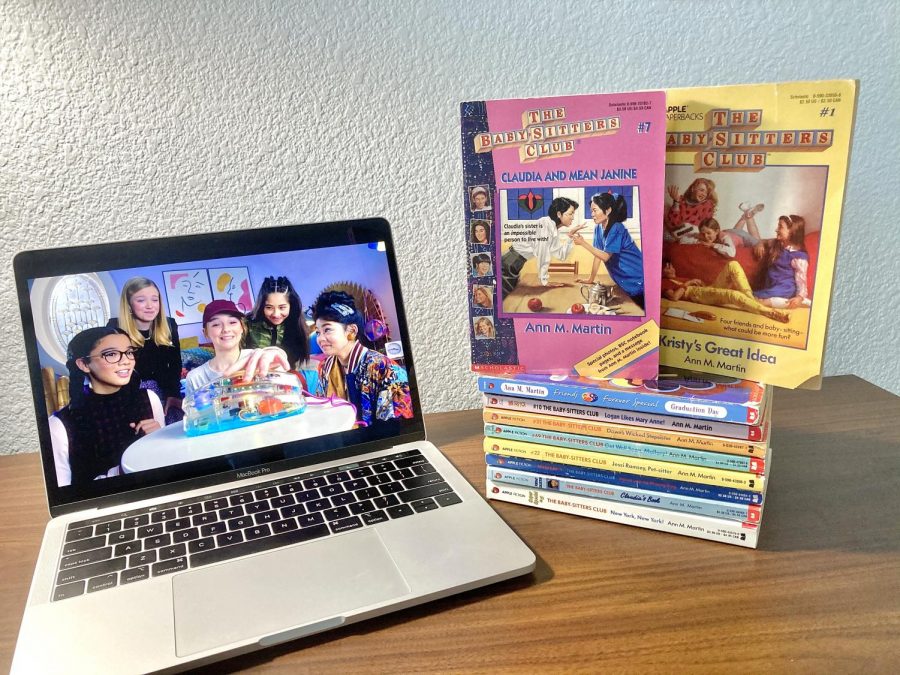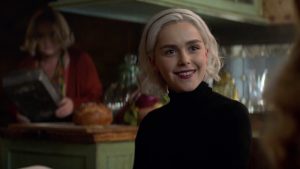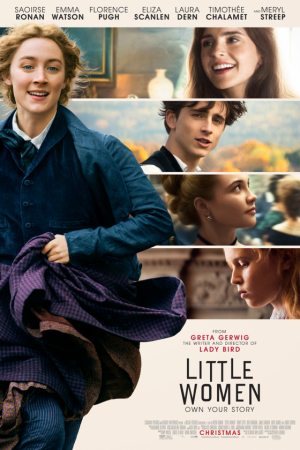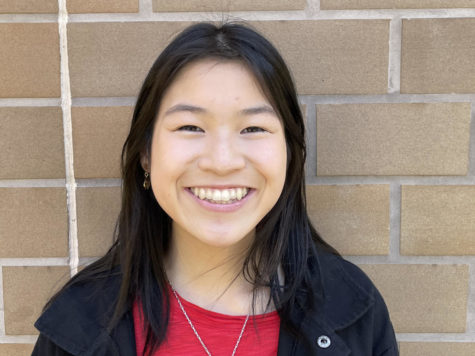“The Baby-Sitters Club” brings refreshing representation to the small screen
30 years later, The Baby-Sitters Club inspires a new generation of young fans with its heartwarming and inclusive Netflix adaptation.
September 28, 2020
Upon first hearing that Netflix would be producing a modern reboot of the ‘90s book series “The Baby-Sitters Club,” my best friend and I, both avid fans of the originals, were skeptical that it would translate over to television well. The adaptation was released on July 3, guided by showrunner Rachel Shukert. However, “The Baby-Sitters Club” exceeded all expectations with its wit, heartwarming characters, and refreshing honesty, easily making it one of the best new shows of the year.
I remember receiving my first “Baby-Sitters Club” book as a hand-me-down when I was in second grade. The title was “Claudia and Mean Janine,” book number seven in the series. The girls painted on the cover were evidently Asian, which intrigued me. And the book looked old, with yellowed pages and bent corners, and not like any other chapter book I had ever read.
After devouring that first book, I HAD to read the first one, and then the second … and so began my obsession with “The Baby-Sitters Club” (fondly abbreviated as the BSC), the same as many teens experienced years before me. “Kristy’s Great Idea” was published in 1986 as the first book, and after immediate popularity it exploded into an almost 250-title series over two decades, selling approximately 200 million copies worldwide. Ann M. Martin wrote an estimated quarter of these novels herself before handing the reins over to a team of ghostwriters.
The story revolves around five 13-year-old friends who begin a baby-sitting club to care for the children in their hometown of Stoneybrook, Connecticut, while navigating the ups and downs of adolescence. The books alternate between the girls’ perspectives, allowing the reader to access each individual’s thoughts. Each 30-minute show in the 10-episode series is adapted from one book.
Kristy Thomas (Sophie Grace), fiery and independent, gets the idea for the Baby-Sitters Club after watching her mom (Alicia Silverstone of Clueless) struggle to find childcare for Kristy’s younger brother. She is the self-proclaimed “president and founder” of the club. Claudia Kishi (Momona Tamada) is passionate about art and fashion yet feels misunderstood by her academically-driven parents and older sister. Mary Anne Spier (Malia Baker) is painfully shy and grapples with her personal identity. Stacey McGill (Shay Rudolph) is the sophisticated “new girl” from New York City but has to hide her Type 1 diabetes from her friends because of her controlling parents. Later arrives ex-Californian Dawn Schafer (Xochitl Gomez) who must adjust to life in New England.
The plot mostly stayed true to the books, maintaining even small details such as incorporating different girls’ handwriting as end credit fonts. Aside from being set in the present, the largest change in the Netflix adaptation was the inclusion of more diverse characters. The originals were often praised for being ahead of their time for having an Asian main character and a Black secondary character, but changing two more baby-sitters to people of color (POC) added more depth to the story.
Mary Anne, who was originally white, is now Black, and episodes showcase her journey of self-discovery and detail the struggles of her overprotective, widowed white dad (Marc Evan Jackson of The Good Place) in raising his daughter.
Dawn, originally portrayed with long, blonde hair, became the first Latina baby-sitter in the series, and her free-spirited nature represents the adaptors’ emphasis on representation. (In one scene, Mary Anne marvels at how open-minded and knowledgeable Dawn is about social issues. Dawn’s nonchalant response: “Well, I am from California.”)
Additionally, the BSC novels never included a canon LGBTQ+ character. But considering that Ann M. Martin herself is gay, the decision to include multiple of these characters in a modern adaptation seemed more than apt. This led to one of the most bittersweet added moments in the television series in which Mary Anne stood up to hospital workers who misgendered a young transgender girl, her baby-sitting charge.
The show’s modern backdrop also allowed the writers of the show to provide social commentary on current events. An article from Screen Rant notes that one scene in which Claudia learns that her grandmother Mimi was sent to a Japanese internment camp during WWII reflects current immigrant families stuck in detention facilities at the U.S. border.
“I don’t understand how anyone could do that to a family,” says Claudia. “I don’t know why they still do,” her sister responds.
The integration of these topics into the show aren’t preachy or “dumbed down;” rather, they are presented in a matter-of-fact way that makes the series even more impactful. The actors brought these scenes to life with grace. Young audiences can easily empathize and learn from these scenes because the cast members were the same ages as their characters, rather than having older teens unrealistically playing middle schoolers.
Furthermore, a large majority of the show’s writers, producers and directors were women, many of which grew up with the original novels. Their insight serves to carry on Ann M. Martin’s emphasis on “girl power” in the books.
“I wouldn’t say that I had a feminist agenda [while writing “The Baby-Sitter’s Club” books], but I certainly had a feminist perspective,” Martin told Jen Doll of The Atlantic in 2012. “I think of myself as a feminist. I wanted to portray a very diverse group of characters, not only from different racial backgrounds, but from different kinds of family backgrounds, religions, and perspectives on life … who became very close friends.”
Many young viewers have already become the next generation of “Baby-Sitters Club” fans, carrying on the series’ legacy after 30 years. Overall, the themes of inclusivity and togetherness in “The Baby-Sitters Club,” tied with a fantastically adapted script, made the series one of the best of 2020.






Bill Chen • Sep 29, 2020 at 7:48 pm
Nice job Lauren!
Love,
Dad